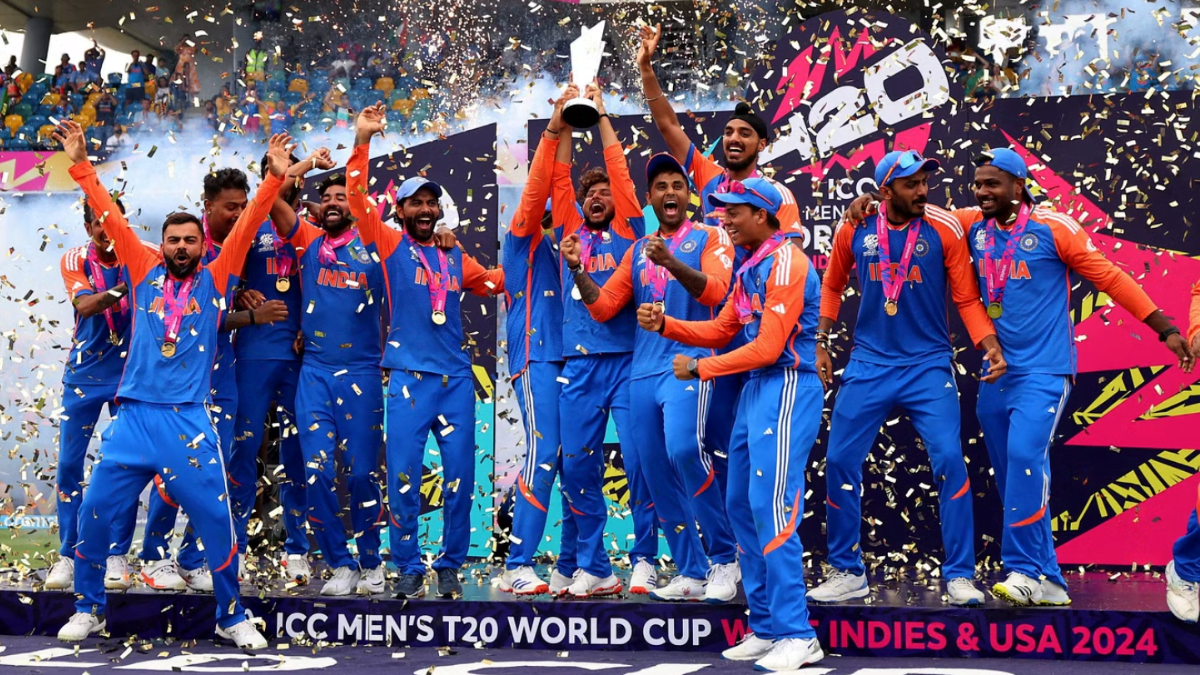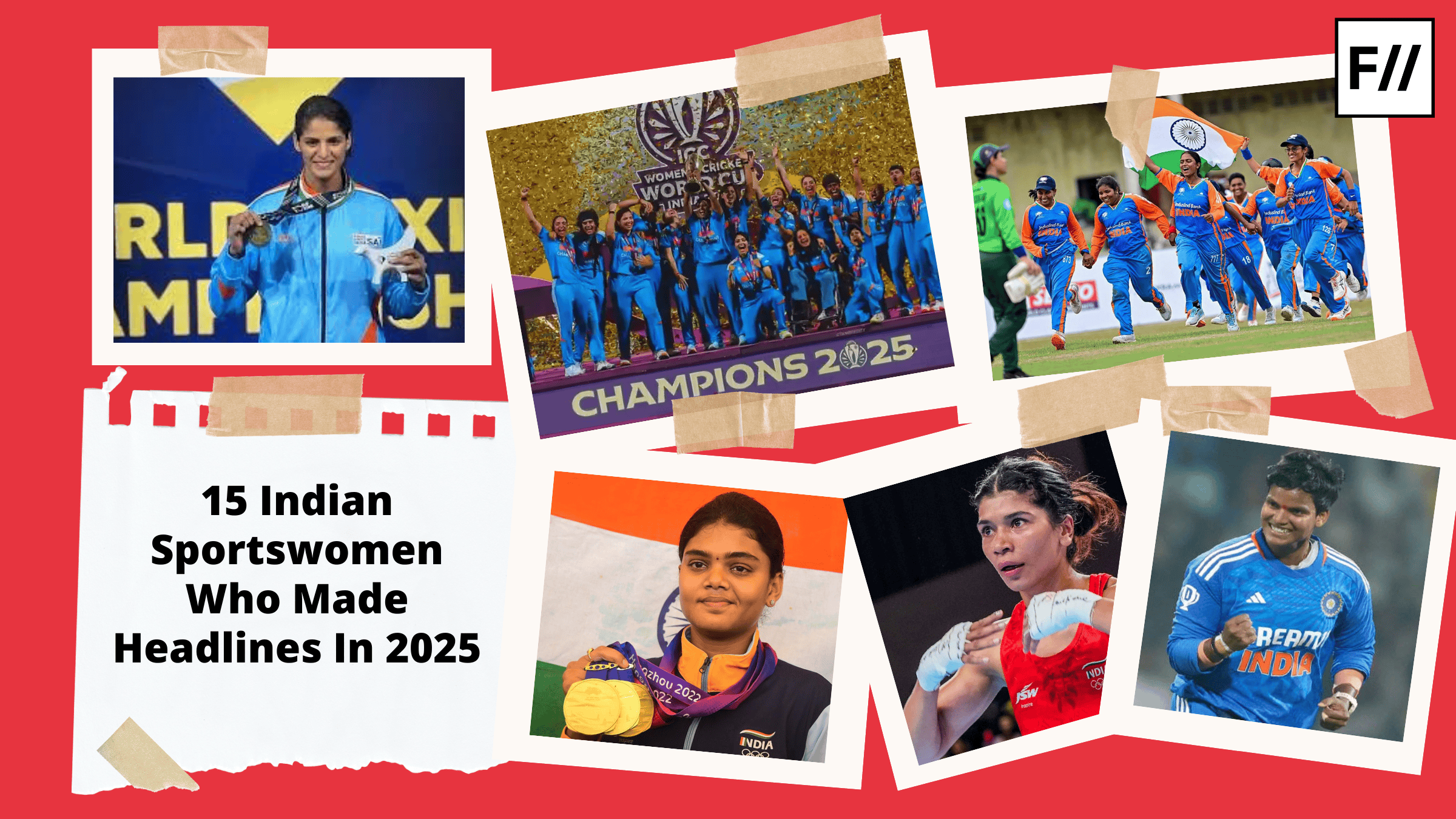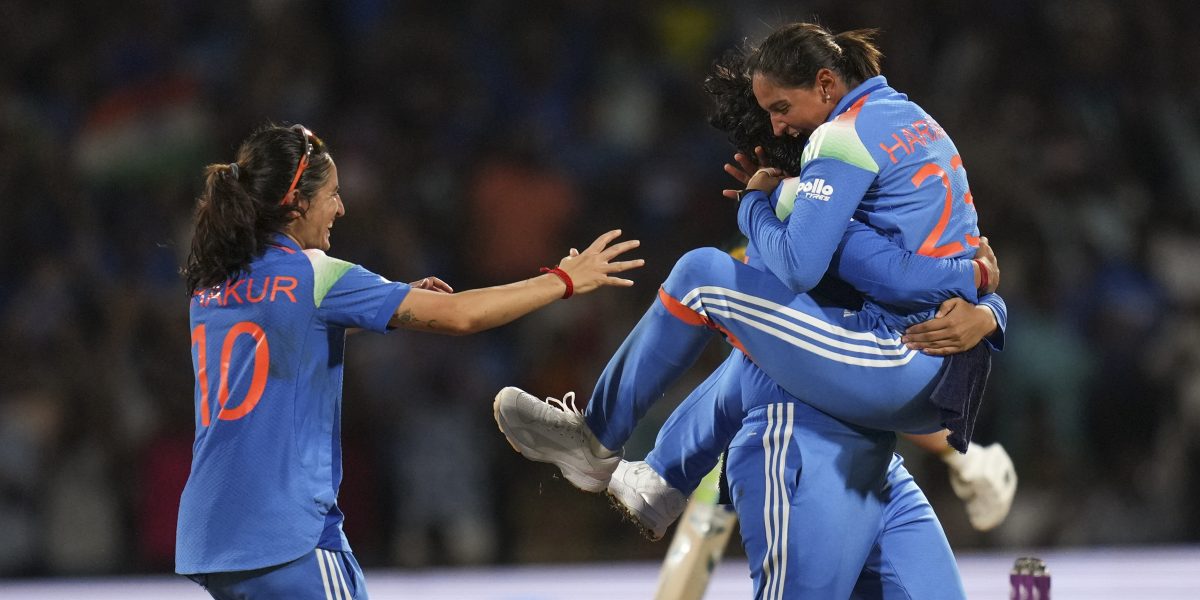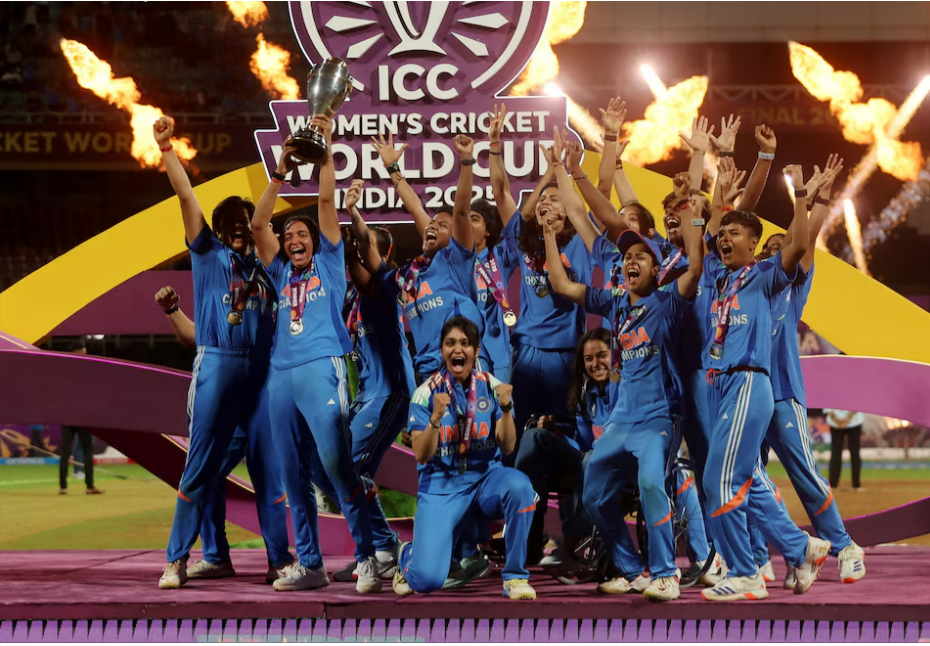On June 29th, the streets roared in rejoicing at the triumphant win of the Indian cricket team in the ICC Men’s T20 World Cup 2024. The streets were filled with the blissful joy of patriotism with resonating songs, tricolour face paintings, and fluttering flags. However, this patriotic rejoicing was halted for some by the horrifying yet another mob lynching in the nation—a tragic incident in Gujarat—the sixth mob lynching post-general elections in 2024.
Questioning the ideology of nationalism comes with patent distress as a minority identity; about what makes someone’s identity not feel sufficiently patriotic and what makes someone get lynched on a cricket field to watch a match. The spectacle of rejoicing with the sentimental sorrow of a man being lynched and the ironic win of India is now coupled with the idea of both rejoicing and sorrow.
The ultimate win for India
As reported by The Quint, Salman Vohra, a twenty-three-year-old garment businessman, who had only gone to watch a cricket tournament match in Chikhodra, Gujarat, on 22 June, had been ruthlessly lynched by the crowd. Vohra was a resident of the Polson compound in Gujarat’s Anand. According to the locals, the tension spurred before the match started because Muslim players were doing well in the tournament, and the pro-Hindu section of the match’s viewers, allegedly attacked them because they were winning the tournament. The crowd heckled chants of Hindutva slogans of “Jai Shree Ram” (hail Lord Ram) before attacking the Muslim players.
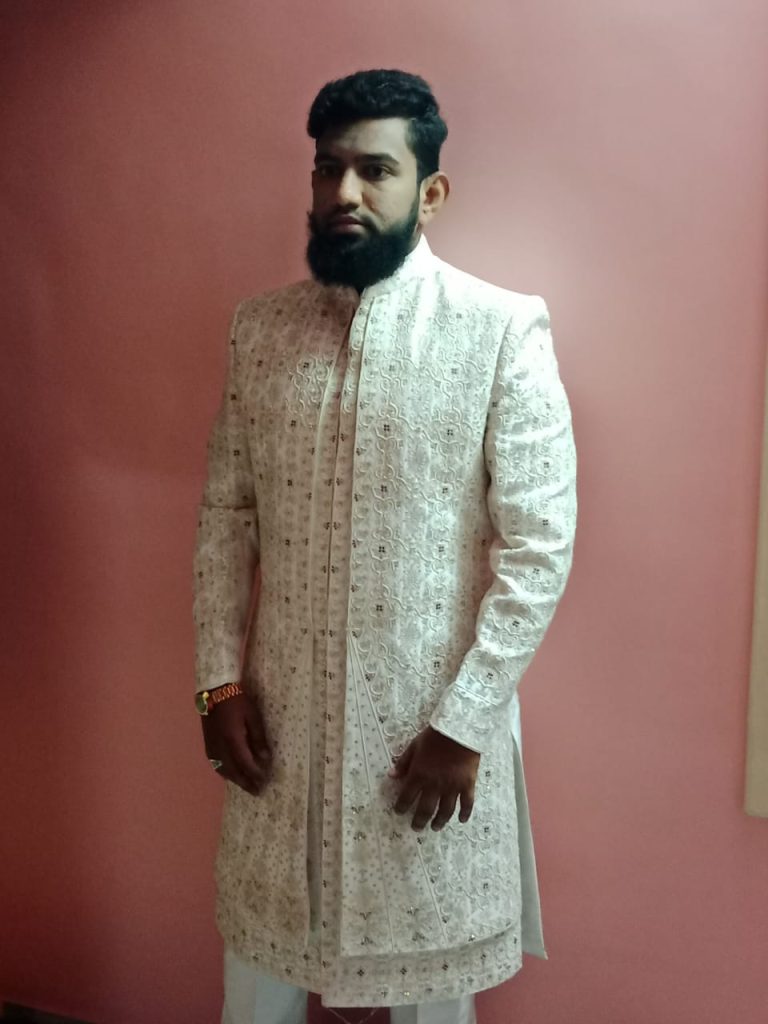
Jai Shree Ram is often chanted to invoke the popular name of Lord Ram as a greeting. However, the Hindutva uses these chants as a murder cry. This wasn’t the only time when Jai Shree Ram was chanted while lynching an individual. In 2019, a 25-year-old man, a Mumbai resident, Faizal Usman Khan, was also mob lynched similarly.
But since when did we divide a local game among religions? Why did we grant the idea of patriotism to cricket? Since when did we normalise killing a minority identity just because they are doing better?
Cricket has always been a sensitive issue for the nation, obviously linked with the idea of ‘Patriotism,’ and ‘Nationalism;’ this divided patriotism surrounded by the navigational idea of cricket heightens the communal hate or the hate crimes around the time.
Often, It is expected of the Muslim minority to support Pakistan rather than their own nation’s side. What, though, drives the majoritarian to regard Muslims as ‘suspected,’ Pakistani team supporters and be armed if they do well in a game? In response, the Muslim players risked their lives simply by playing well in a game.
Vohra was mercilessly killed by 5,000 people, among which barely 500 were Muslims. He suffered horrific injuries on his lower waist and neck, leading to heavy bleeding and deep bruises all over his body. Salman’s uncle Nauman Anwar, a witness of the lynching, confirmed that a knife had pierced Vohra’s kidney, a fatal injury which resulted in his untimely death.
Identity, patriotism, or religion in a nationhood
What stakes an identity, patriotism, or religion in a nationhood? Identity, by definition, stands for the collection of characteristics, values, traits, looks, and/or communications that define an individual or a community. A feeling of devotion and loyalty to a country, nation, or political community is known as patriotism. Interlinking it with a game with high stakes suggests no litmus check for the people’s religion, caste, creed, gender and patriotism. It’s a ridiculous expectation to build over sportsmanship.

As a democratic country, nobody is compelled to support any team particularly; moreover, anyone can support any sports team they wish; that’s the most actual form of sportsmanship. Having judicial scrutiny and manipulation over the neighbouring country and interlinking with identity play-politics turns this display into a laughable diversion for the overburdened law enforcement system. Using cricket to convey a different identity is not limited to India.
What fathoms more about how we in this time have normalised the idea of lynching minorities over such contexts of hatred is beyond any level of displease as a democratic country; where do our patriotism go when identity politics play the frontal role?
In a similar win of the Pakistan cricket team in 2021, students of J&K were charged with IPC Sections 153A (promoting enmity between groups), 505 (creating or publishing content to promote enmity) and, later, Section 124A, sedition and various people were charged under Unlawful Activities (Prevention) Act (UAPA).
Indian Muslims will always be questioned about their nationalistic patriotism on varied occasions, one such being cricket; today, the idea, however, has heightened to the monopolistic and mass mobilised lynching of a young individual.
Conscious divide
India’s consciousness with cricket isn’t the only deluding issue; the issue is regarding the normalisation of such consciousness, which has now revolved around only ‘hatred,‘ towards Indian Muslims and not regard their nationalistic behaviours. It is almost like their nationalistic behaviours have been pre-conceived now by the majoritarians as ‘anti-national.’ This discourse of a national-unifying game might have been trailing us since independence when cricket was just a game to overcome British divisive rule.
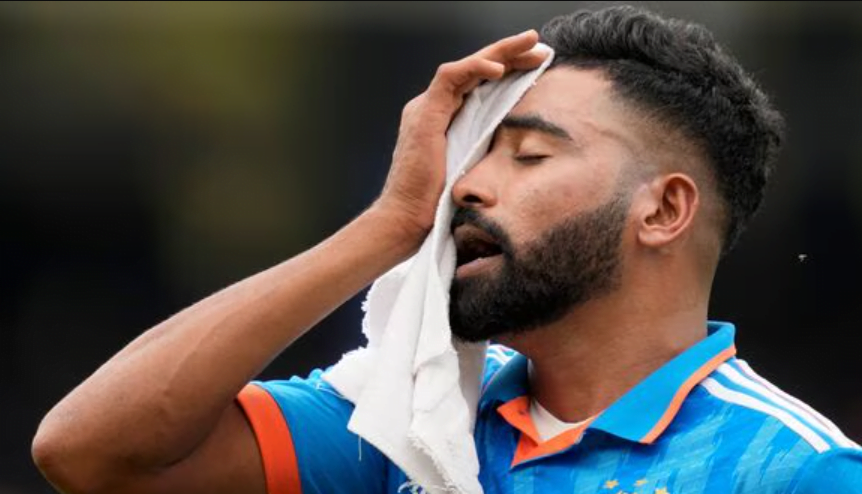
The vow of nationalism is also asserted towards the Indian-Muslim cricket players; following India’s victory in the World Cup, Indian pacer Mohammed Siraj has been trolled and abused on social media for his “Thank you almighty Allah” tweet. Virat Kohli, who thanked God for the victory in his post-match comments, received widespread praise and was celebrated by many fans, with several calling him a “True Sanatani.”
This sort of nationalism is even being tested on the National Team Players, dividing them into groups as Indian Muslims rather than the people who made India win which is just a diabolical hyper-nationalistic play for the majoritarians now.
Cricket has been used by different polities to consolidate a shared Indian identity and as a way of expressing alternative identities. This dichotomy reflects the contradictory reasons operating when the game was initially established in India. However, it can be argued that the game that once united the Indian masses is now a triggering trauma that lingers on the minority. Indian Muslims often feel questioned about the alignment of their supporting teams in every sport. However, in the past few months, the idea of nationalism, patriotism and cricket have been dangerously previewed by the majoritarian claiming Indian Muslims as ‘suspected,’ Pakistan team supporters.
The mob lynching and the death of 23-year-old Salman Vohra is one gut-wrenching history now adjoined with the World Cup for various Indian Muslims. Most Indian Muslims have expressed their anxieties regarding heightening hate crimes. Such anxieties and suspicions of being traitors might add to existing fears of the minority identity.
After all, Indian national consciousness is not a homogenous identity. It means different things to different people in a country where everyone has a regional and religious identity and a national identity. Support for the Indian team encompasses all these identities and more. This glued identity of Indian Muslims is constantly being tested to the verge of their Indianness, and being Indian enough is a sickening position to be with always.
The contrasting events of the rejoicing win of the Indian team in the World Cup and the lynching of Salman Vohra take us to a significant re-evaluation of our considered ‘patriotism,’ and India’s deepening identity politics that cleavages into cricket often.
The Indian government criminalises acts of mob lynching. The Bhartiya Nyaya Sanhita “adds murder or grievous hurt by five or more people on specified grounds as an offence. These grounds include race, caste, sex, language, or personal belief. The punishment for such murder is life imprisonment or death.”
As Vohra’s family sought justice, they filed a case against the accused on June 23rd at the Anand police station. Charges in the FIR include 143 (punishment for unlawful assembly), 147 (punishment for rioting), 148 (armed with a deadly weapon), 302 (murder), and 324 (voluntarily causing hurt by dangerous weapon) as well as the Gujarat Police Act.
About the author(s)
Kulsoom Faiz (she/they) is a Delhi based free lance journalist, She writes on gender, culture and on marginalised communities.
